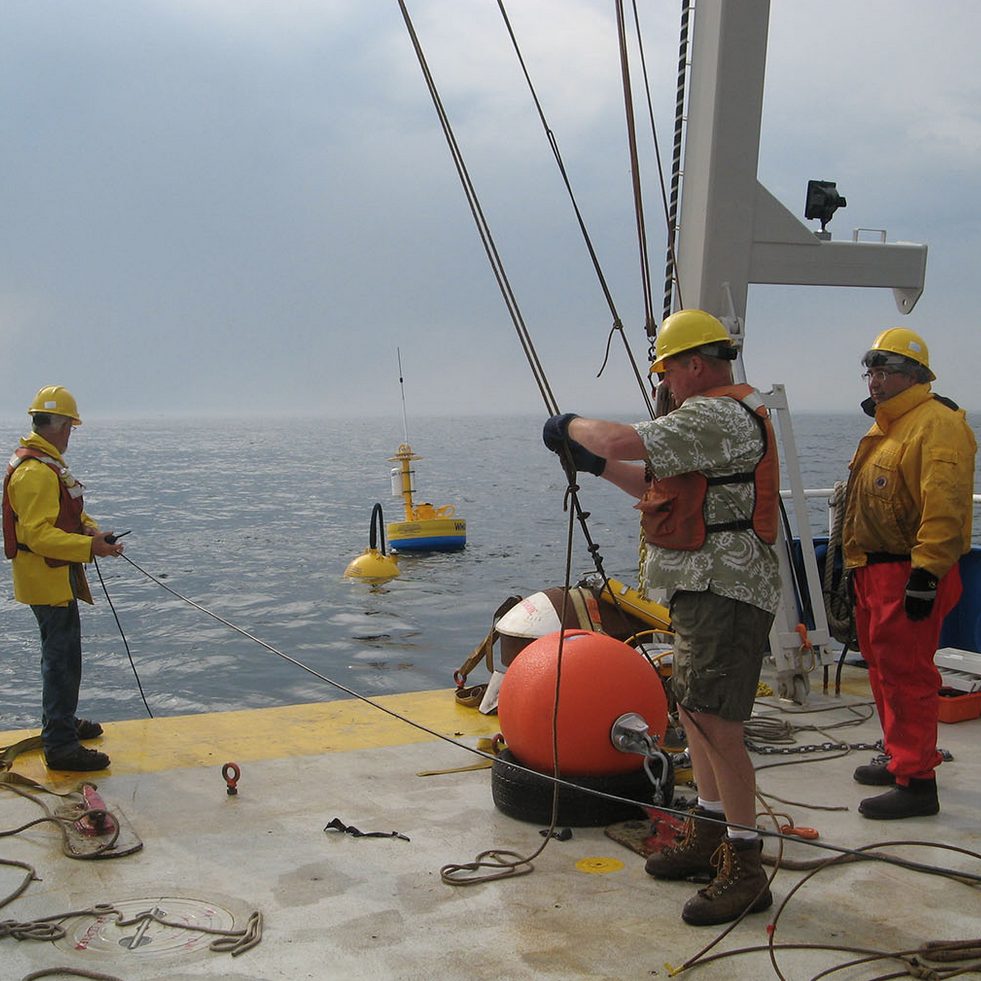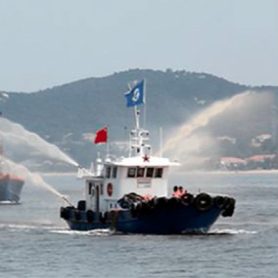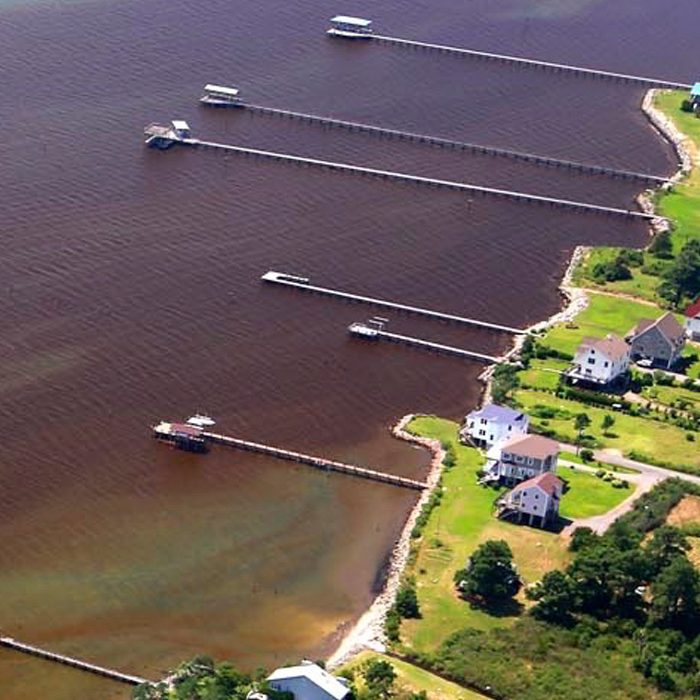Response
Nearly every state in the U.S. is impacted by HABs, which can produce dangerous levels of natural toxins in fish and shellfish, cause damage to ecosystems, and harm domestic animals and wildlife. These blooms threaten public health and/or economically vital resources, can cause sudden and widespread mortality to seabirds, fish, and marine mammals, and can present a risk to drinking water safety and impact tourism. Given persistence and prevalence of blooms and their impacts, there is a growing demand for reliable and cost-effective approaches to predicting and responding to HAB events. These approaches include everything from field-tested commercial text kits for algal toxins, management strategies for aquaculture and wild-capture resources, methods for eliminating or reducing HAB organisms, communication and outreach strategies, and model development/refinement for predicting HABs. The NOAA Prevention, Control, and Mitigation (PCMHAB) program funds research on promising technologies and strategies for preventing, controlling, or mitigating HABs and their impacts, from the initial development and demonstration through technology transfer and application by end users. Many of these approaches and the potential environmental effects associated with demonstration phase projects within the PCMHAB program are outlined in NOAA's Programmatic Environmental Assessment (PEA) of this program, which was prepared to comply with National Environmental Policy Act of 1969 (42 U.S.C. § 4231 et seq.), as amended.
Approaches and activities related to PCMHAB can be accessed below, organized under three broad categories: Prediction and Early Warning, Control and Treatment, and Event Response.



